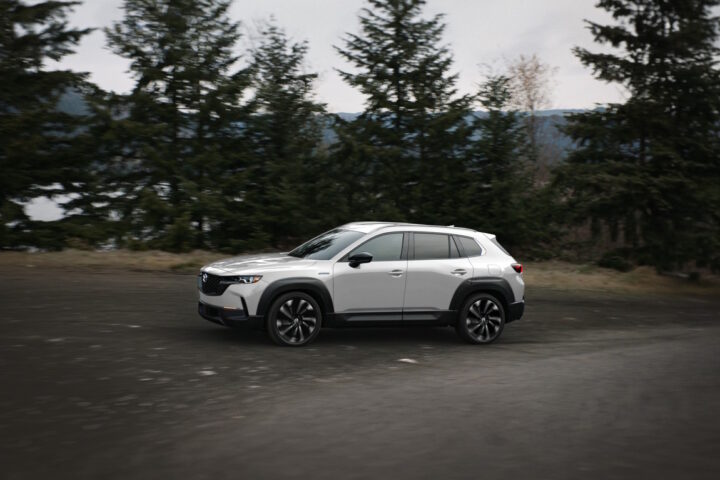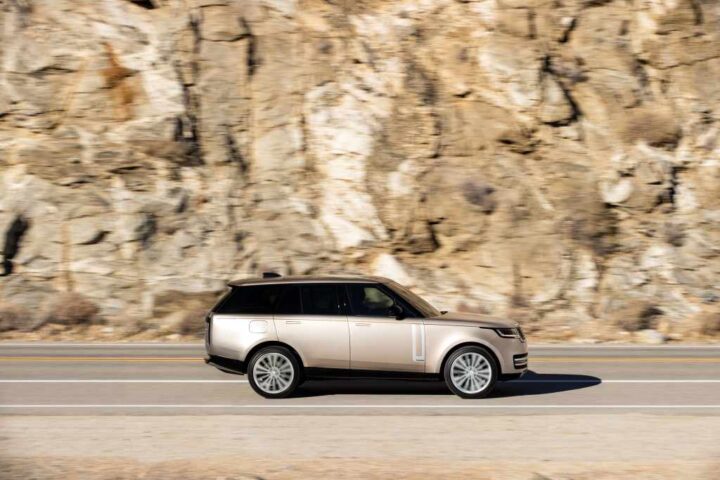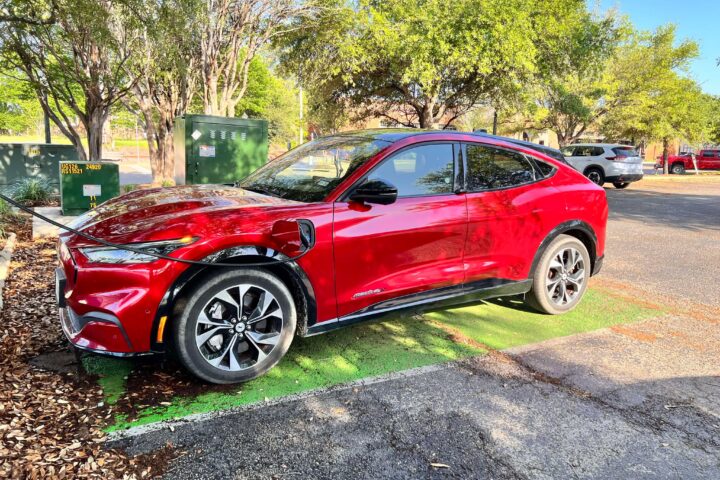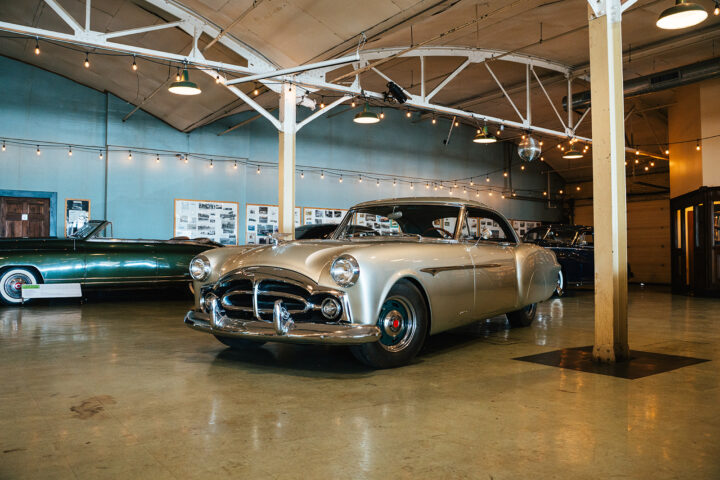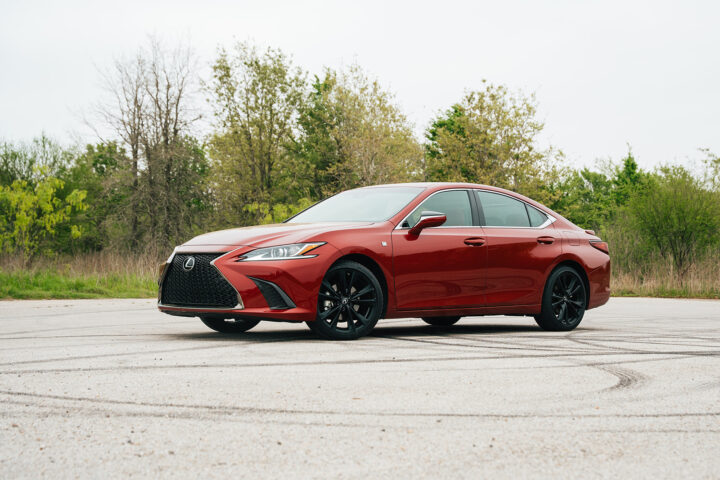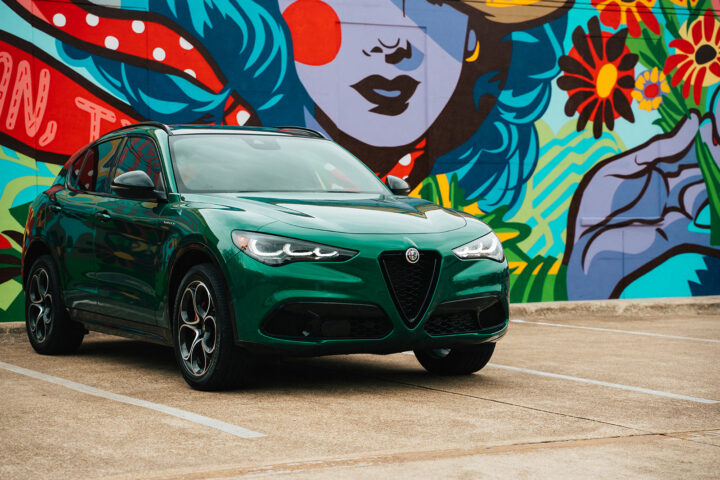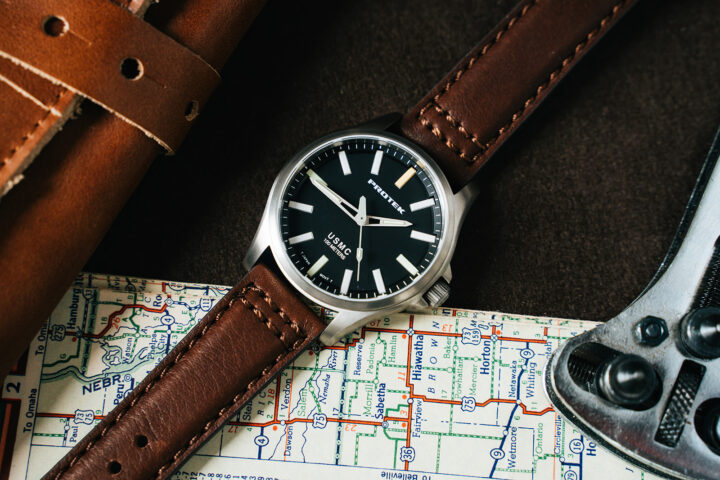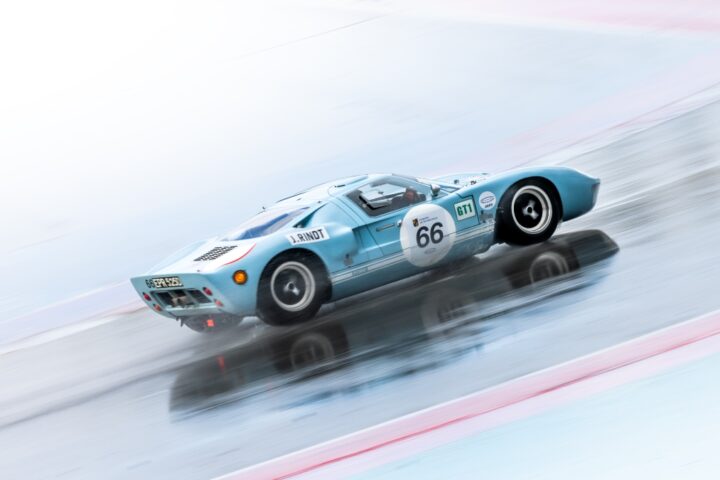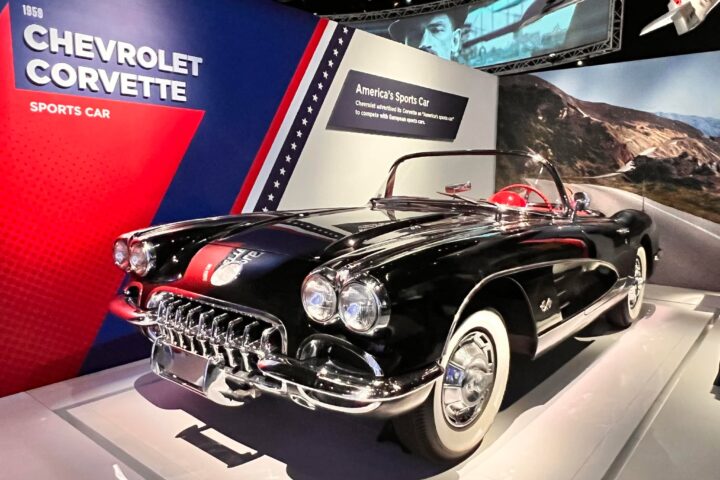The Land Rover Defender has a long history of producing a rugged, off-road vehicle that was first introduced in the United Kingdom in 1948. Originally called the Series 1, it would go on to be better known as the Defender, a utilitarian vehicle that could be used on farms and other rural areas, and it quickly gained a reputation for its durability and versatility.
The early Land Rover was powered by a 1.6-liter inline-four engine, which produced around 50 horsepower. This was mated to a four-speed manual transmission, and the vehicle had permanent four-wheel drive. It was also equipped with several innovative features, such as a selectable low-range transfer case and a central differential lock, which allowed it to tackle even the toughest off-road terrain.
The rugged off-roader proved to be a popular vehicle in the UK, and it was soon exported around the world. In 1950, Land Rover made its first major update, with the introduction of the Series II. This new version featured a more powerful engine, improved suspension, and a revised interior. In the following years, the Land Rover Defender continued to evolve and improve, with the introduction of new engines, transmissions, and body styles. In the late 1950s, the next evolution of the Land Rover was launched with the introduction of the Series IIA. This new version featured a more modern design, with a square grille and outboard headlights, as well as a more powerful engine.
In the 1970s, the Land Rover Defender was ready for another major update, with the introduction of the Series III. This new version featured a more refined interior and several new engines and transmission options and even a more aerodynamic body style, which was designed to improve fuel efficiency.
In the 1980s, the Defender name makes its first appearance and yet another update, introducing the Series IV. This new version featured a more modern design, with a sloping hood and rectangular headlights. It was also equipped with a range of new engines, including a diesel option, which provided improved fuel economy. This is the most iconic of the Defender range and the one that most people connect to the name.
The Land Rover Defender Most People Think Of:
In the 1990s, the Land Rover Defender received its final major update, introducing the Series V. This new version featured a more modern design, with a sleek, aerodynamic body and a redesigned interior. It was also equipped with a range of new engines, including a powerful V8 option. The range is officially renamed Defender 90, 110, and 130. In 1998, the 122bhp five-cylinder Td5 engine becomes the Defender’s standard engine.
At the 2011 Frankfurt Motor Show, Land Rover unveiled the DC100 and DC100 Sport concept vehicles, which gave us the first look at what would inspire the latest version of the modern Defender. The following year the Defender gets a smaller 2.2-liter diesel engine to attempt to be compliant with Euro-V emissions standards.
In 2016, the original Land Rover Defender was discontinued after 68 years of production. Despite its long history and iconic status, the Defender was unable to meet increasingly strict emissions regulations, and Land Rover decided to discontinue the vehicle. In 2018, Land Rover built 150, special edition Defenders in celebration of the 70th anniversary of the original Defender.
The latest version would be shown for the first time at the 2019 Frankfurt Motor Show and was the first all-new chassis for the Land Rover Defender since 1983. The new Defender would be offered for sale in 2020 and we would go on to review the First Edition of the new Defender 90 in 2021.
While the original Land Rover Defender may no longer be in production, it remains an iconic and beloved vehicle, known for its ruggedness, versatility, and off-road capability. It is a true British classic, and it will always be remembered as one of the greatest off-road vehicles of all time.





.jpg)
